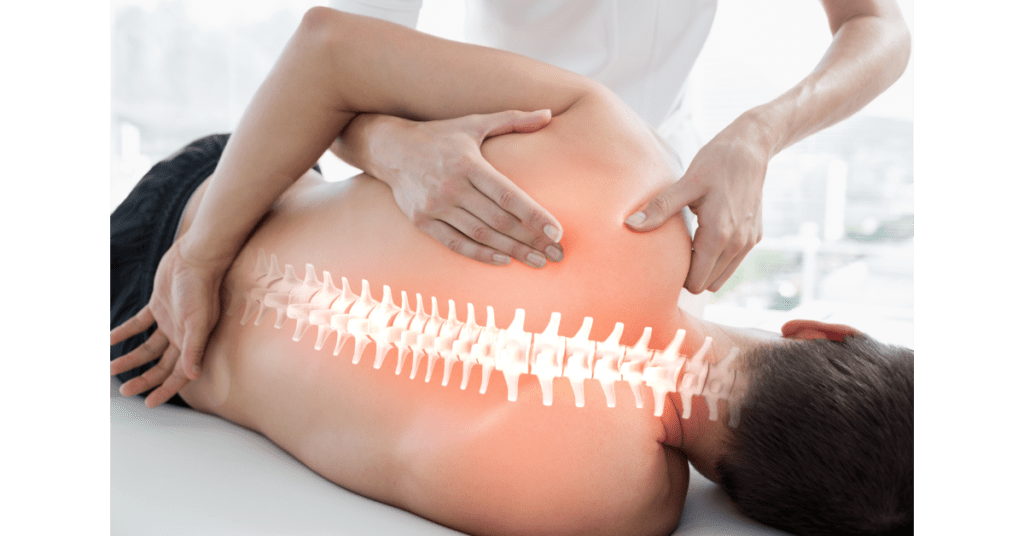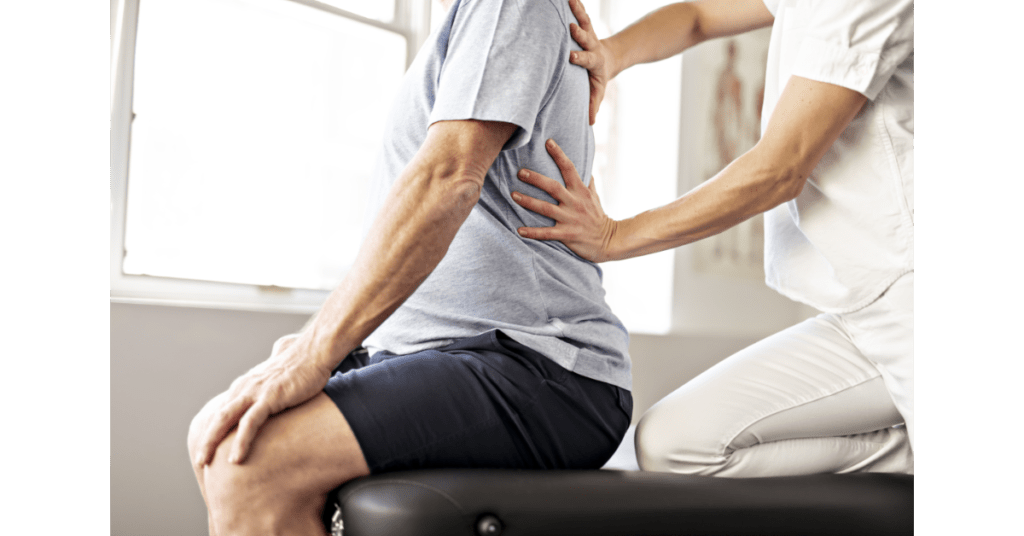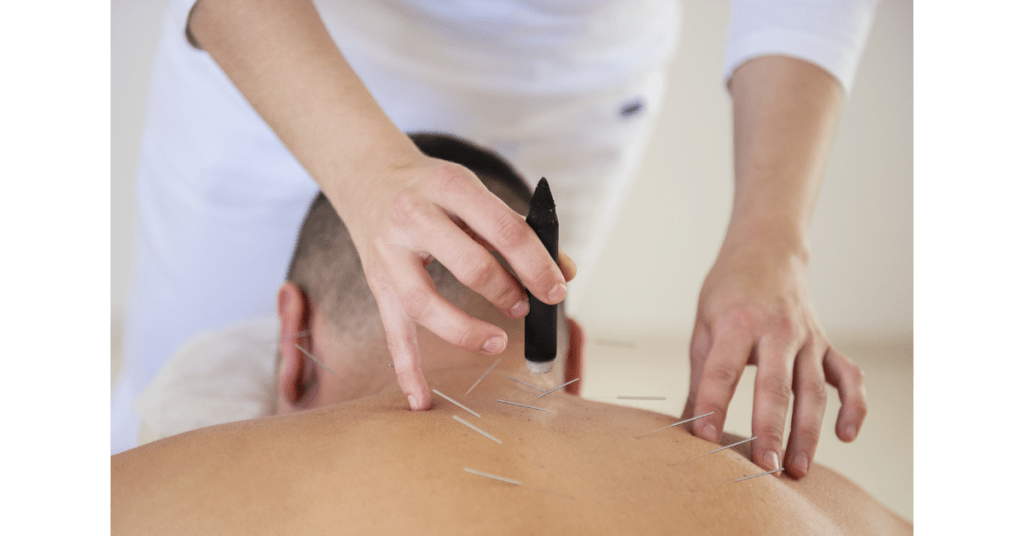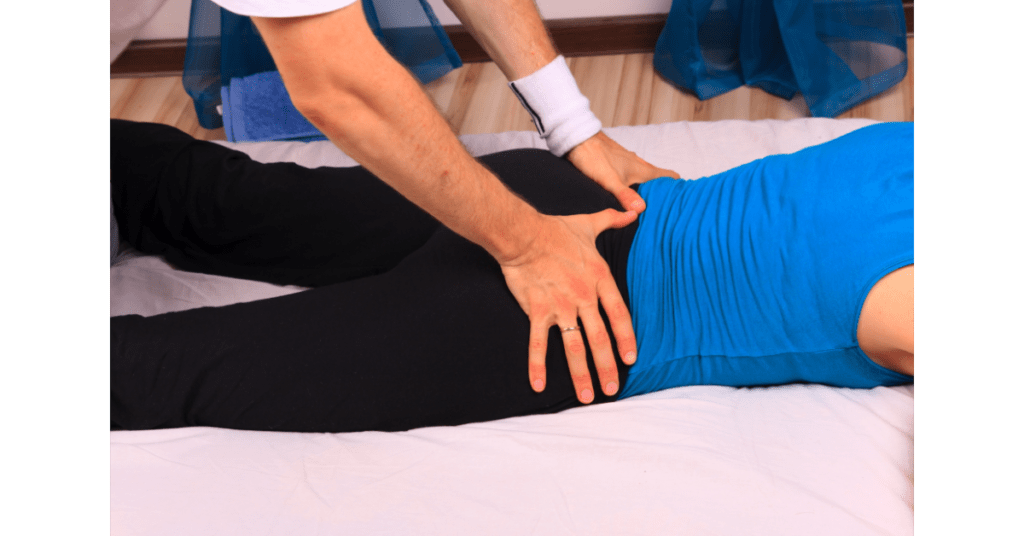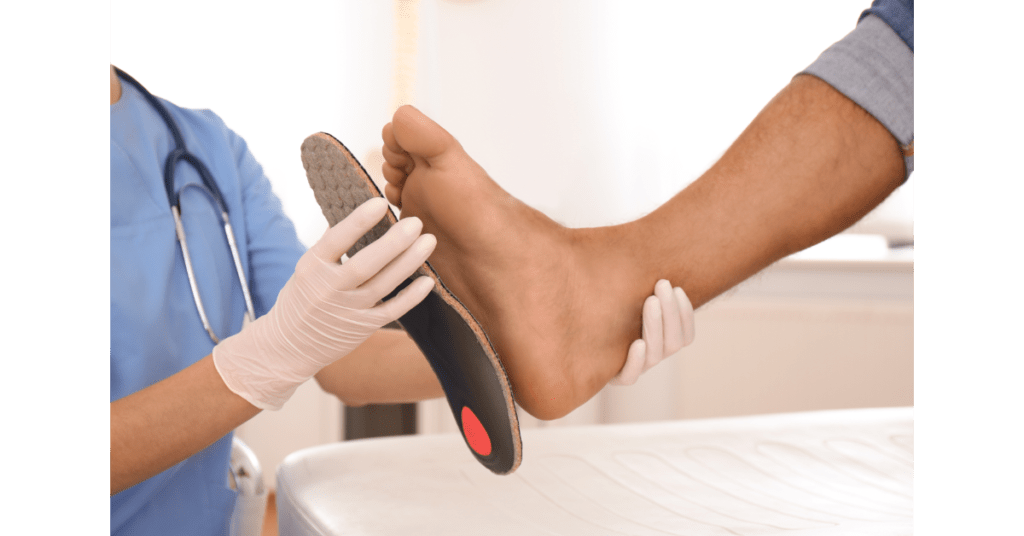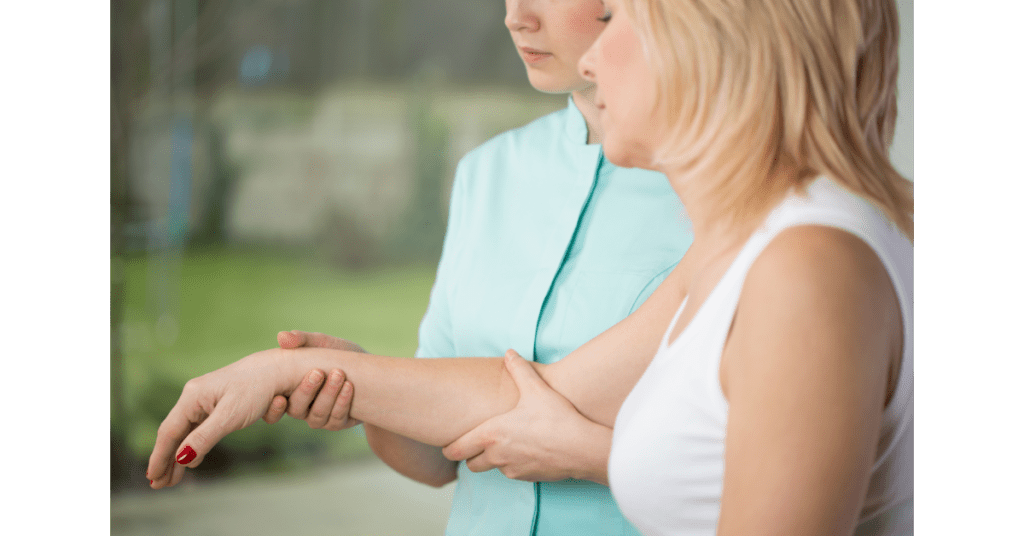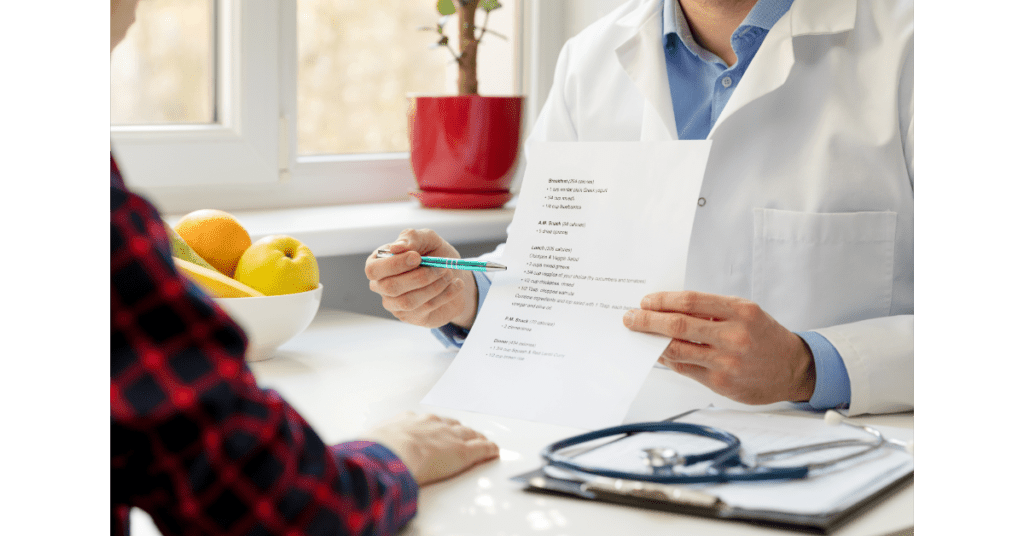What is Tendonitis?
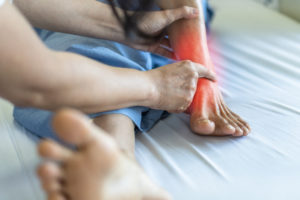
Tendonitis is also known as tendinitis. Tendonitis refers to the irritation or inflammation of the tendons (thick fibrous tissues that connect muscle to bone). The word “Itis” means inflammation in Latin, so the word tendonitis literally means the inflamed tendon. Tendonitis can happen in many parts of the body and is known by several names: “tennis elbow,” “golfer’s elbow,” “pitcher’s shoulder,” or “jumper’s knee.”
Where Can You Get Tendonitis and Tendonosis?
You can find tendons throughout the body. Tendons even connects to tiny muscles in the face and throat. However, tendonitis and tendonosis occur in areas where there is a significant movement. Details of some of the most common types of tendonitis and tendonosis are described below.
Rotator Cuff Tendonitis & Tendonosis refers to Tendons surrounding the muscles in the shoulder, inflamed or injured over time, through repetitive use, (like sleeping on the same shoulder every night or lifting your arms overhead). It is also called “swimmer’s shoulder,” “tennis shoulder” or “pitcher’s shoulder.”
Tennis Elbow (Lateral Epicondylitis Tendonitis & Tendonosis) occurs when the tendons on the outside of the elbow, used to make a fist with your hand, become inflamed or injured through repetitive use (like holding a tennis racket, raking, painting, weightlifting or knitting).
Golfer’s Elbow (Medial Epicondylitis Tendonitis & Tendonosis) is when the tendons on the inside of the elbow, used to rotate your arm and for flexing your wrist, become inflamed or injured through repetitive use, such as golfing, pitching or carpentry.
Bicipital Tendonitis & Tendonosis) refers to a condition when the tendon connecting the upper part of the bicep to the shoulder gets inflamed or injured over time through repetitive overhead use of the arm.
Calcific Tendonitis of the Shoulder occurs when Small (1-2 cm) calcium deposits form within the tendons of the rotator cuff. Although the exact cause is not known, it is believed that the delayed healing of shoulder tendonitis and increasing age is more common in people with diabetes.
Quadriceps Tendonitis & Tendonosis happens when the tendon connecting the quadriceps to the patella (knee cap) becomes inflamed or injured, which is linked to activities that require a lot of starting and stopping, such as football and soccer.
Jumper’s Knee (Patellar Tendonitis & Tendonosis) occurs when the tendon connecting the patella (knee cap) to the tibia (shin bone) becomes inflamed or injured from repetitive jumping, like in gymnastics, basketball, volleyball or dancing.
Peroneal Tendonitis & Tendonosis occurs when the tendons that connect the peroneal muscles of the lower leg to the bones in the foot become inflamed or injured due to repetitive ankle motion, like running or jumping. Unsupportive footwear over long periods or having high arches can also make you more prone to this condition.
Posterior Tibial Tendonitis & Tendonosis is when the tendons connecting your calf muscle to the bones on the inside of your foot become inflamed or injured, due to repetitive high-impact use of the feet as in the case of running, soccer or basketball. This can lead to a collapsed arch and flat foot, if left untreated.
Achilles Tendonitis & Tendonosis happens when the tendons connecting the calf muscle to the heel bone become inflamed or injured, because of repetitive high-impact use of the feet (as in running, soccer or basketball).
De Quervain’s disease (Wrist Tendonitis & Tendonosis) is a condition in which the tendons in the wrist become inflamed or injured because of repetitive use of the wrist (as in writing, using a computer or sports like tennis).
What is a Tendon?
A tendon is a thick fibrous band of tissues which connects muscles to bones. They are like an elastic band. They stretch when the joints are moved to accommodate the movement. They also absorb some shocks from the muscles when they move.
What is the Difference Between Tendonitis and Tendonosis?
The major differences between tendonitis and tendonosis are onset, symptoms and duration. Tendonitis is a sudden, acute, and short-term injury to the tendon. Typically there is pain, inflammation, redness and swelling in the area. Tears and damage to the muscle are more pronounced. Tendonosis (also called tendinosis) is a chronic, recurring and a long-lasting condition, caused due to repetitive strain or an injury that has not healed properly. There is rarely any inflammation, redness, or swelling as a symptom because of the long-term nature of tendonosis. However, there may be more degenerative changes to the tendon such as abnormal blood vessel growth.
What Causes Tendonitis and Tendonosis?
A sudden injury to a tendon from blunt force, such as landing a jump the wrong way, can cause Tendonitis. Tendonosis is caused by overuse, repetitive strain, or repeated injuries to the same area. Other risk factors are Increased age, Overloading a joint, Trauma (bumping or hitting against an object), “Weekend warriors”, Diabetes and Inflammatory diseases like gout and rheumatoid arthritis.
What are the Signs and Symptoms of Tendonitis and Tendonosis?
Many of the symptoms are similar, except that tendonitis is associated with redness, inflammation, and swelling of the injured area, whereas tendonosis is not. Common Symptoms are Tender, painful, or stiff joint Pain, that gets worse when moving the joint, Decreased range of motion when moving the joint, A grating or crackling sensation when moving the joint or A lump along the tendon.
Worried about symptoms of tendonitis or tendonosis? Find a physiotherapist at EAST (Scarborough) 3630 Lawrence Ave E, Scarborough, ON M1G 1P6, or at WEST (Woodbridge) 200 Marycroft Ave UNIT 6, Woodbridge, ON L4L 5X9 and book an assessment Today.
How are Tendonitis and Tendonosis Treated?
Treatment for both can be done at home and in a clinical setting. Treatment to reduce the pain, inflammation and swelling consists of Rest, Avoiding activities, Gently massage the affected joint, Gently stretch the affected joint, Use anti-inflammatory painkillers such as ibuprofen or acetaminophen and Applying ice (tendonitis).
A physiotherapist needs to assess the condition and identify the underlying causes in both cases. It often depends on the cause and the joint affected. Physiotherapy usually includes Functional retraining and activity modifications, Strengthening and range of motion exercises, Manual therapy (joint and soft tissue mobilizations), a Personalized exercise plan, An assistive device, orthotics, or splinting and Pain relieving modalities like Therapeutic ultrasound, Heat and ice therapy and Electrical stimulation.
At our clinic we have notice by using Simply Align Technique which includes advance physical modalities, activity modification and specific exercises we have faster, longer lasting results with reduced healing time. In the video below you can see lateral knee tendon pain as well as the sue of Radio Frequency TECAR therapy, shockwave and laser. This unique technique is available at both of our clinic in Toronto (Scarborough) and Vaughan (Woodbridge).
Can Tendonitis or Tendonosis Go Away on Their Own?
Yes, both conditions can go away, if successfully treated at home. However, if the treatment is not done correctly, tendonitis can turn into tendonosis. Tendonosis is not likely to go away without treatment or activity modification.
Can Tendonitis and Tendonosis Be Prevented?
If you regularly play sports, or your job requires repetitive movements, consultation with a physiotherapist becomes necessary. It is important to know about your specific therapeutic needs. However, one can take steps to avoid both, tendonitis and tendonosis. These steps are to Ease into new exercise routines, Warm up before exercise, Stretch after exercise, Wear supportive footwear, Take regular breaks from repetitive movements, Practice good posture and Practice good technique in sport.

